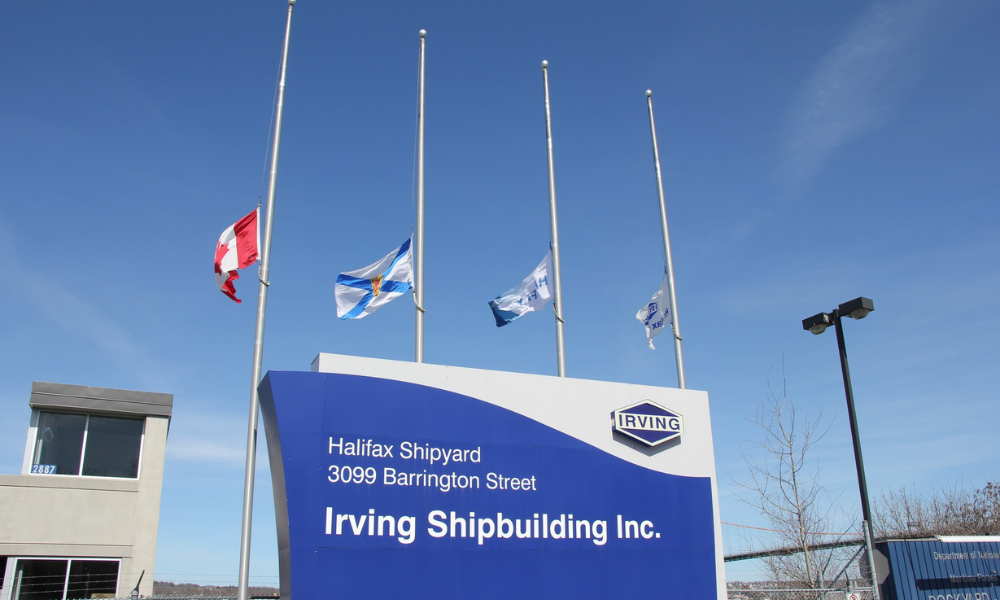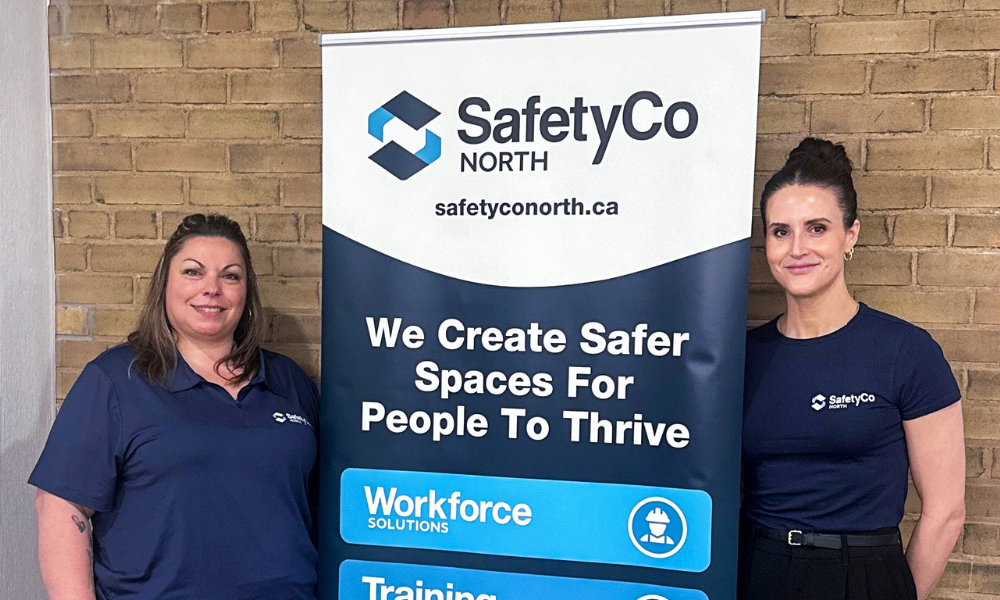Worker falls off roof of house undergoing renovation, says report

One worker was seriously injured after falling off a roof of a home in Alberta.
The incident happened in the Rosemont community in northwest Calgary on Thursday afternoon, at a home that appeared to be undergoing renovations.
A worker “sustained a fall off a roof at a job site,” according to an Alberta EMS spokesperson, according to a Calgary Herald report. EMS responded to the incident at around 1:45 p.m.
“EMS subsequently transported them to Foothills hospital in serious, potentially life-threatening condition,” the spokesperson said in the report.
An investigation by Occupational Health and Safety is underway into what caused the fall, according to CTV News.
According to the Canadian Centre for Occupational Health and Safety (CCOHS), most jurisdictions require the use of specific fall protection measures before, or in addition to, personal protective equipment (PPE). These measures generally include the use of some of the following:
-
fixed barriers (e.g., handrails, guardrails)
-
surface opening protection (e.g., covers, guardrails, etc.)
-
warning barriers/control zones
-
fall or travel restraint systems (i.e., a system to prevent a worker from falling from a work position, or from travelling to an unguarded edge from which the worker could fall)
-
fall containment system (e.g., safety nets)
-
fall arrest systems (i.e., a system that will stop a worker's fall before the worker hits the surface below)
There may also be specific legal requirements around use of equipment like ladders and scaffolding, said CCOHS.
Occupational health and safety laws generally require action when a worker has the potential to fall about 3 metres (10 feet). In most cases, fall protection is required when:
-
other means of fall protection are not available or possible, such as guardrails
-
working at a height of 3 metres or more (permanent and/or temporary work areas)
-
working at a height of less than 3 metres when the surface below could cause a greater injury than just the fall (e.g., machinery; risk of drowning in water or other liquid; open tanks, vats, or pits containing hazardous materials; materials that can shift)
-
a worker may fall through an opening in the work surface
-
it is determined that fall protection is necessary





